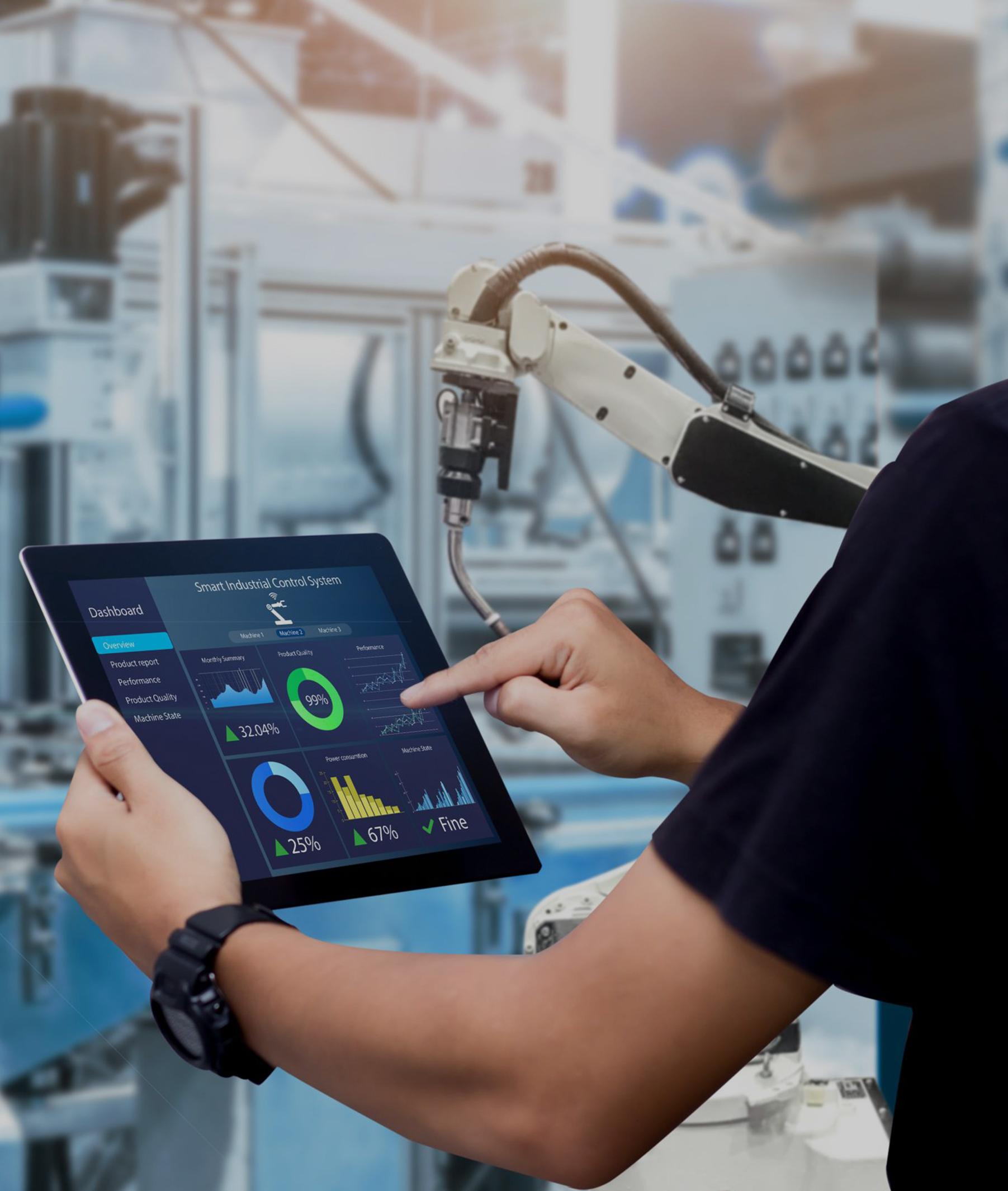
 |
Same Day Shipping for Stock Items |
|
DHL / Fedex / UPS / Aramex |
|
|
Professional one-on-one service |
|
100% brand new and original |
|
The HONEYWELL 2MLF-RD8A RTD Input Module is a high-precision module designed for measuring temperature using RTDs (Resistance Temperature Detectors). |
Picture/Video
Get Products pictures or Video for Inspection
|
Specification |
Product Image |
|
|
Brand Name |
HONEYWELL |
|
|
Model Number |
2MLF-RD8A |
|
|
Alternate Part Number |
| |